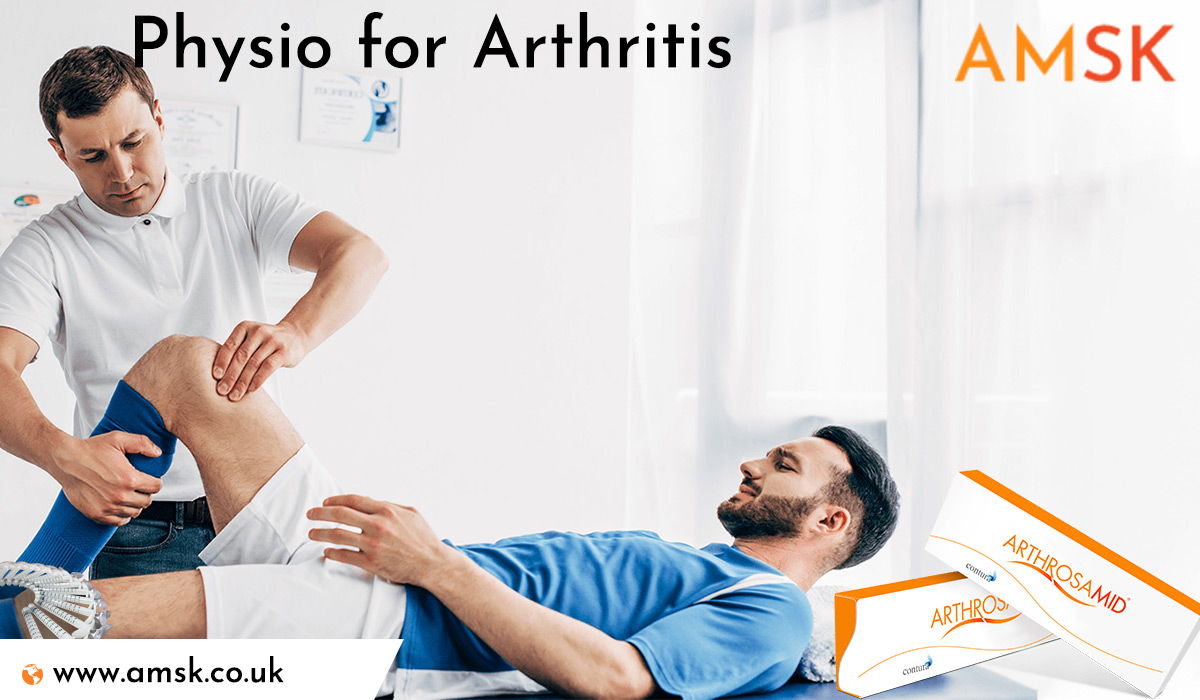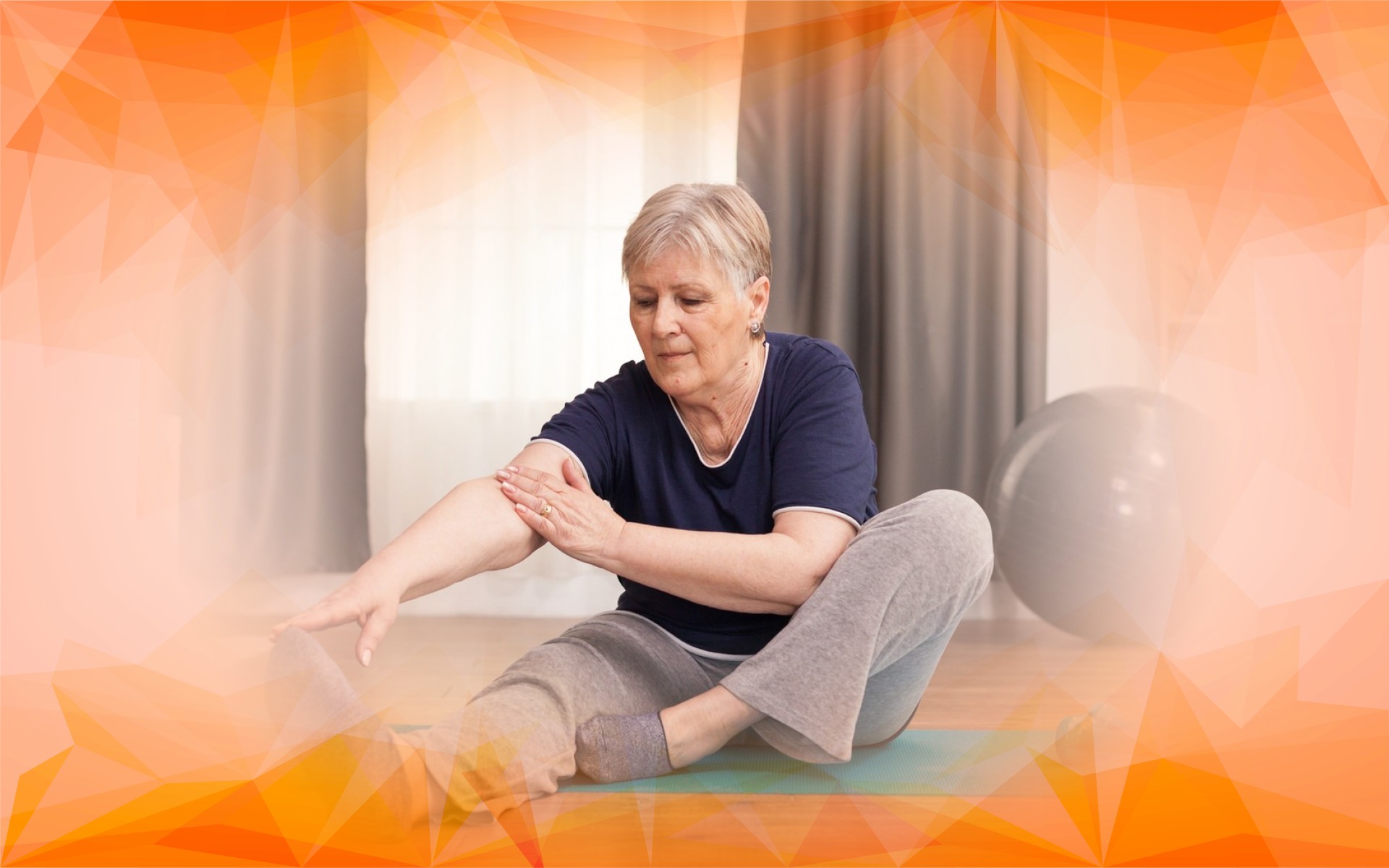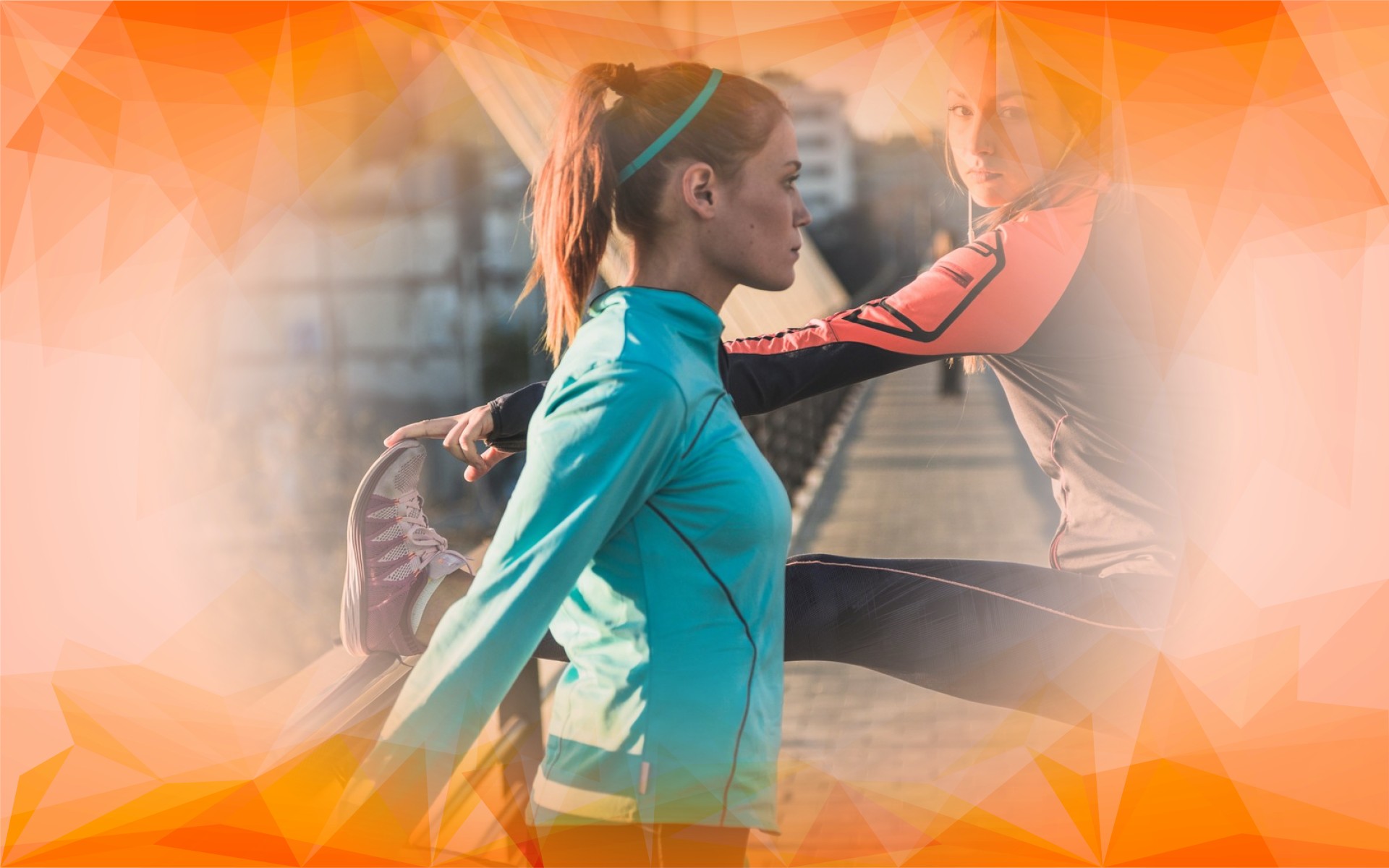Arthritis is a severe condition that leads to inflammation in the joint areas and surrounding tissues. It basically occurs when synovial fluid between joints dries up causing harsh friction between bones. The pain and discomfort caused by arthritis can make it difficult for individuals to even stand straight. However, getting proper physio for Arthritis has shown positive results in reducing the pain and improving overall knee condition. And through this blog, we are going to explain how this therapeutic treatment can help you in treating Arthritis and the different techniques used to manage the condition.
What is Physiotherapy Or Physio For Arthritis?
Physiotherapy or PT is a proven treatment to cure bone and muscle activities, improving one’s mobility and well-being. This therapy can help patients with arthritis at any age, supporting their quality of life. People can consider this treatment whenever they are threatened by injuries, diseases, and health conditions like osteoarthritis.
How can Physiotherapy Help Improve Arthritis?
According to medical science, osteoarthritis mainly affects bones, ligaments, and cartilage causing joint stiffness. And physiotherapy is proven to be an effective way to re-fortify your knee getting you moving again. Physiotherapy exercises and drills shown by professionals can gradually develop muscle functioning, restoring your knee strength along with pain management.
- Reduce Pain: Physiotherapy relaxes vital ligaments in your knee like ACL, PCL, MCL, and LCL, and this helps you to mitigate pain and discomfort, making your knee active and working.
- Free Knee Movement: Daily physiotherapy session improves the range of motion of your knee, making it easier for people suffering from knee arthritis to perform knee activities like walking standing, running, etc
- Improve Muscle Strength: Physiotherapy drills and exercises develop muscle strength in Hamstring and Calf reducing tension on your knee joints. And this in hand can minimise the threat of other injuries.
- Encourage balance and coordination: Since Physio for Arthritis improves muscle strength, you would enjoy better balance and coordination while walking or running.
- Reduce Inflammation: With daily physiotherapy, people with knee arthritis condition can reduce inflammation in their knee joints.
- Help Improving Posture: Osteoarthritis in severe cases deforms the structure of your knee inducing sharp pain while limiting its mobility and functionality. But receiving a timely physiotherapy session can gradually improve your knee posture.
- No Need For Surgery: Obtaining physiotherapy gradually cures arthritis. As a result, the patients do not need to undergo the painful surgical treatment.
Different Techniques Used in Physio for Arthritis
Hydrotherapy: Hydrotherapy involves using water to strengthen critical functions and decrease pain. It is particularly helpful for people suffering from arthritis as it increases the weight-bearing capability of the knee.
Ultrasound Therapy: Ultrasound Therapy is an advanced Physio for Arthritis treatment where experts apply ultrasound to generate warmth increasing blood circulation. Therefore, the patients can notice a drastic reduction in pain after knee injuries.
TENS Therapy: Transcutaneous electrical stimulation is a technique that uses electrical stimulation to restrengthen your knee joint. This therapy improves the internal function of your knee reducing pain and swelling.
Low-Level Laser Therapy: LLLT is a non-invasive and anti-inflammatory treatment to treat arthritis where a low-level laser is drawn on your knee to rejuvenate cells, improving the strength of your knee.
Ice Therapy: Applying cold compress or ice helps in pain management for arthritis patients. It can relieve chronic pain, swelling and inflammation if applied from time to time.
Paraffin Therapy: In this therapy, physiotherapists use paraffin which is known for absorbing heat which helps one to reduce knee stiffness. And when your knee feels relaxed, it allows you to do activities without any irritation.
Kinesiology Taping: Kinesiology taping restrengthens and stabilises the knee. These are breathable, stretchable cotton blend tapes that hold tissues tight improving their strength.
Acupuncture: Acupuncture is a Chinese traditional method to improve muscle response, which involves the insertion of fine needles in your body. This proven technique takes a few hours to relieve you from pain improving the function of the joints.
Physiotherapy is a brilliant non-surgical process of keeping knee arthritis in control. Apart from the physio for Arthritis, you can also try an alternative non-surgical treatment option called Arthrosamid, a new knee injection that can treat your Osteoarthritis fast and effectively.




